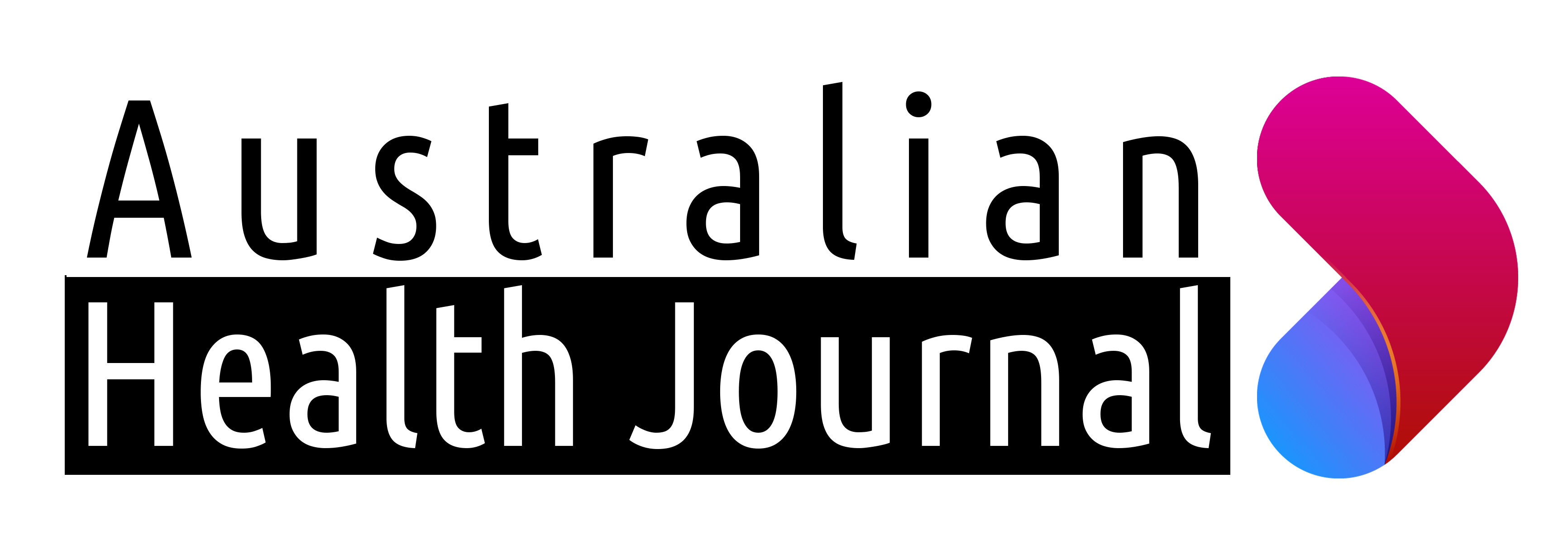Coinciding with this year’s International Nurses Day, this week’s Federal Budget has had some significant outcomes for the primary health care, nursing workforce.
The Federal Budget delivered on 9th May 2023, APNA believes will strengthen Australia’s primary health care (PHC) system by addressing growing nursing shortages, seeing more nurses hired where they are needed, and better utilising the largest workforce in PHC of nearly 100,000 nurses to their full potential to reduce the pressure on the health system.
The Federal Budget could significantly boost job prospects and career progression in primary healthcare, as well as strengthen the current PHC nursing workforce by funding:
- An 18-month national Scope of Practice review
- 6,000 additional clinical placements in primary healthcare nursing ($4.2 million over four years)
- 1,850 graduate scholarships to train more Nurse Practitioners ($50.2 million over four years)
- $1 million towards incentives to get 500 nurses back into the workforce
Australian Health Journal met with APNA President Karen Booth and CEO Ken Griffin at their Money in May 2023 event in Sydney.
Money in May is an APNA member-only initiative and is a month of education so that nurses know more about money and how to navigate the financial side of being a nurse. The campaign has three key themes: do more, save more and earn more.
Timed to coincide with the end of the financial year, APNA has focused on financial literacy. Nurses who understand the opportunities and challenges of finance and funding mechanisms and keep abreast of changes can be an even greater asset for their patients and the business they work for. For their personal lives, they make better financial decisions, earn more and retire with more super.
The outcomes are for each Primary healthcare nurse in a time to influence and pitch for what they want — be that money to fund a nurse-led clinic, a financial allocation for CPD or negotiate pay.
Relating that back to the funding announcements in the Federal Budget, there is potential to significantly boost job prospects and career progression in primary healthcare, as well as strengthen the current PHC nursing workforce.
You Might also like
-
Medical Devices Medical Technology Association of Australia New Content Patients Regulations Training and Career
Ensuring stringent quality standards in the lifecycle of medical devices
Dr Jasjit Baveja is the Associate Director of Policy at the Medical Technology Association of Australia (MTAA), where she oversees regulatory affairs, clinical code of practice, procurement, industry policy, reimbursement, and advocacy. With over 20 years of experience in the medical device regulatory space, Dr Bavej’s expertise lies in providing educational opportunities for regulatory professionals in Australia to ensure continuous learning and professional development. She collaborates closely with the Therapeutic Goods Administration (TGA) to run workshops that provide invaluable experience, networking opportunities, and skill enhancement.
-
Research funded to investigate early-onset bowel cancer progression
Bowel Cancer Australia recently announced a team led by Professor Michael Samuel as the successful applicant for a three-year $600k early-onset bowel cancer research project through the 2023 round of Cancer Australia’s Priority-driven Collaborative Cancer Research Scheme (PdCCRS).
-
Nursing Now Australia Launches
The evening of Tuesday 9th April saw the launch of Nursing Now Australia in Sydney, with Lord Nigel Crisp, Co-Chair of Nursing Now.
Professor Christine Duffield FACN, President of Australian College of Nursing welcomed the start of the campaign and explained the relevance to Australian Nurses.



